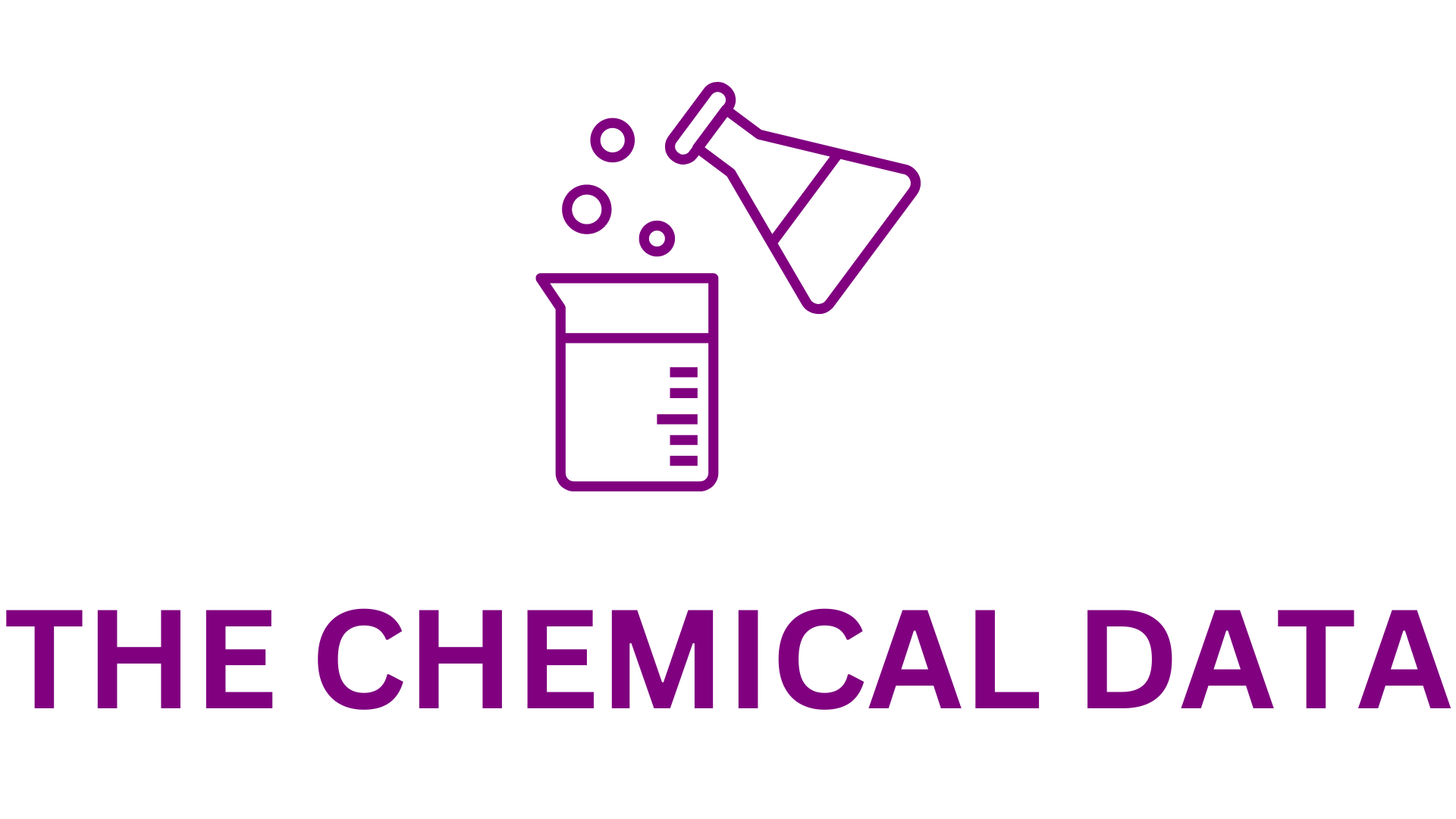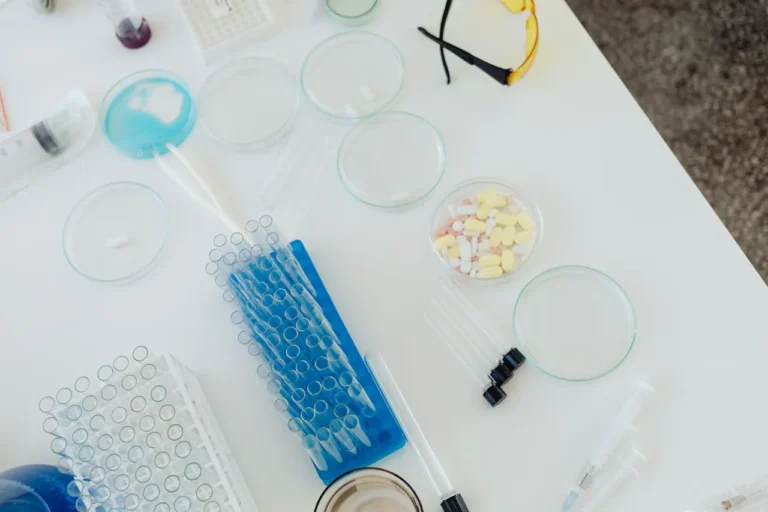
Asahi Kasei has confirmed its plans to build an integrated lithium-ion battery (LIB) separator plant in Port Colborne, located in Ontario’s Niagara region, Canada. This new manufacturing facility, operating as Asahi Kasei Battery Separator Canada, is poised to generate high-skilled, well-paying jobs in manufacturing and construction. Commercial production is scheduled to commence in 2027.
Koshiro Kudo, President & Representative Director of Asahi Kasei Corporation, announced the decision, expressing enthusiasm about establishing Canada’s first Hipore™ wet-process lithium-ion separator manufacturing facility. Kudo highlighted the region’s advantages, including abundant renewable resources, a skilled workforce, and strong local community support, all of which position Port Colborne as an ideal location to serve partners in the region and the wider North American automotive market.
The Hipore™ wet-process separators, key components of LIBs used in electric vehicles (EVs) and other energy storage applications, will be manufactured at the Port Colborne facility. Asahi Kasei’s initial investment of approximately 180 billion JPY (CAD$ 1.56 billion), announced on April 25, 2024, will enable the installation of around 700 million square meters of annual Hipore™ separator capacity at the Canadian plant.
Asahi Kasei’s project in Port Colborne will receive support from the provincial government of Ontario, facilitated by Invest Ontario, the province’s investment attraction agency. Additionally, the project will benefit from the federal government’s new Clean Technology Manufacturing Investment Tax Credit (ITC).
The Asahi Kasei Group contributes to life and living for people around the world as a diversified group of companies that operates in the Material, Homes and Health Care business sectors. Founded in Japan in 1922, Asahi Kasei has over 100 years of manufacturing experience and is a pioneer in battery-related technology. The core of its Energy Storage business is the lithium-ion battery separator – a microporous membrane that provides a barrier between the positive and negative electrodes of the battery, preventing short circuits while allowing lithium ions to pass from one side of the battery to the other.







